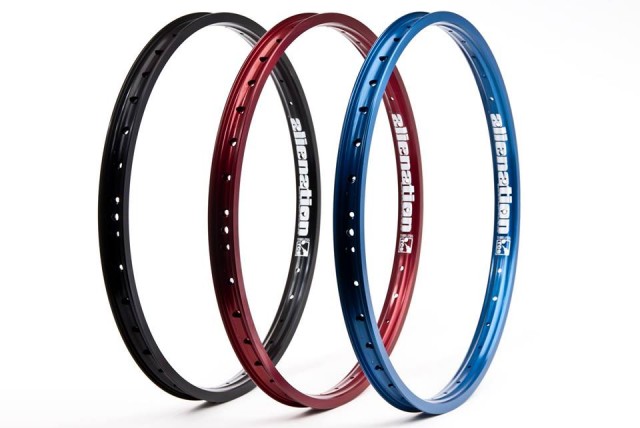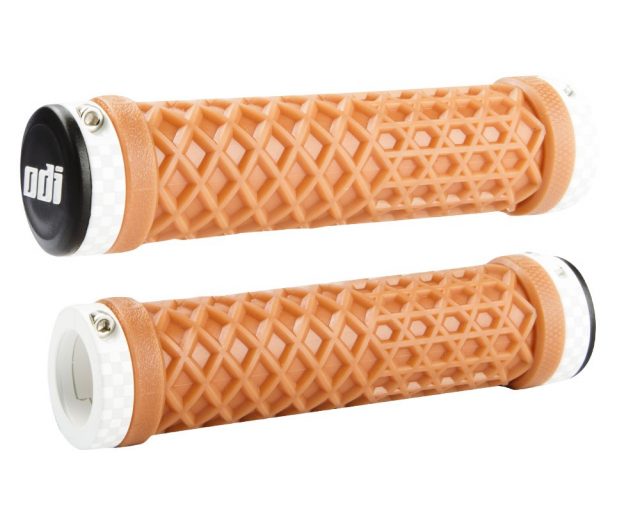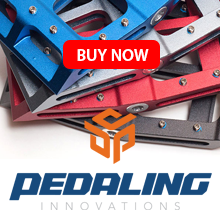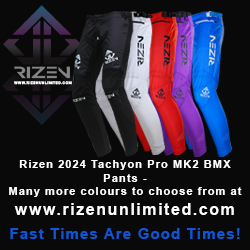Cheap Vs Expensive BMX Gear – What’s the Difference?
Have you ever been shopping for BMX gear and wondered how similar items can be so different when it comes to price?
It’s as simple as with anything in life, you get what you pay for.
I think it’s a good thing that you can tailor your BMX spending to suit your personal budget and still find reliable, light weight and high quality products. It’s what makes BMX racing so achievable, at any level.
There are brands in the BMX industry who focus on producing cheaper products, while there are still those who push the envelope and help riders shave fractions of a second with no concern for the cost to achieve such a feat, and, let’s face it, some people are willing to pay for it. Even if it is just for bragging rights among the Factory Dad’s and Mum’s. If you have the money to go down that route, good for you.
You could look at every component of a bike and will find massive variations in price. I’m not going to pick on everything, and I’m not about to tell you where you can cut costs, you can do the leg work on that. The goal of this article is to illustrate why there is such a big variation in price when it comes to BMX gear.
Materials
One of the biggest influences of price is the materials used. Alloy frames are common because they are cheap to produce in large volumes. I am generalising of course, for the sake of this article, there is still a big variation of price on frames made from alloy. Less common but well sort after, and much admired, is carbon fibre. Carbon fibre is used to make things lighter and stronger, but it comes at a cost, for some it’s just out of reach. Lucky for the future and growth of BMX racing as a sport you don’t need carbon fibre to win races.
A good example of price when looking at differences in materials is rims. While carbon rims are considered to be the lightest simply because they are made from carbon, this isn’t necessarily true. Now there are going to be pros and cons for alloy and carbon rims, I’m not denying that, but if we look at simply weight vs price specifically and nothing else you will see it is possible to achieve the same weight with a much smaller price tag.

Rim Weight Comparison
| Brand | Model | Material | Weight |
| Alienation | Malice | 6069 T6 Alloy | 325g |
| Alienation | Mischief (front specific) |
6069 T6 Alloy | 290g |
| Alienation | ACME | Full Toray T700 Carbon | 260g |
| Stay Strong | Carbon | Premium Carbon rim 12k weave | 320g |
| IKON | Carbon | Toray produced T700 Carbon | 300g |
| Speedline | RCR | Torray T700 and T700s High Modulus Carbon | 290g |
As you can see the Alloy Alienation rims have comparable weights to some of the most popular carbon rims. The cost of the alloy rims however is around a third of the price of the carbon options. I’ll leave it to you to do your homework on the exact pricing as it will vary depending on location and over time, but you get the picture.
Manufacturing Process
In general it’s simpler to manufacture products from alloy than carbon. The time it takes to produce a product often governs the price. You can see this when comparing cast alloy brakes from Tektro vs some of the more complex CNC brakes from Speedline. Cast alloy products are made from pouring liquefied alloy into a cast, it cools into shape. The CNC process takes a block of alloy and mills away the alloy that’s not required leaving the finished product. It’s a much more resource hungry process, but can generate some amazing results.

It’s the same with frames. Alloy frames can be as simple as grabbing the required pre fabricated tubing placing them in a jig and welding them together. Carbon frames are a lot more complex and time consuming. The more expensive carbon frames have the many layers of carbon laid by hand. A tedious process to say the least. It also requires expensive molds and bladders to form the shape of the frame through the manufacturing process. Of course I have over simplified the process for the sake of a quick read, but you can see there’s clearly more to manufacturing a carbon frame than an alloy frame. Time is money.
Manufacturing Location
Exchange rates, customs, and shipping rates can also add up. As a frame passes through traditional sales channels, from manufacturing to distribution channels to resellers, there are costs at each stage. A frame sold in Asia might be a totally different price to the same frame sold in Australia. In most cases it doesn’t have to travel the same distances. A frame that’s manufactured in Asia for an American based company might have to make a round trip to be shipped back to Australia for the end customer. Adding extra cost to the sale of the frame.
It’s Worth Spending More Money on Consumables: Grips & Chains
What about handle grips? You can buy cheap single ply grips and get by with them until you have a crash, or until it starts to rain you get the dreaded “throttle grip”. Imitating a throttle is amusing at first but there’s nothing more terrifying than the thought of crashing. And a grip that could slide off at any time could only lead to bodily harm, or worse, damaged bike parts.
You could also buy cheap lock on grips. This would certainly reduce the chance of losing a grip while pedalling your guts out around the track. But is it worth cheaping out on a consumable like handle grips?

Industry leader ODI is likely to be more expensive than the alternatives. But like I said before, you get what you pay for. With ODI you get a reliable grip that’s durable and comfortable, it comes in a wide variety of grip patterns, diameters, widths, and colours. Durable and reliable being key. Would you be better off buying 3, or more, pairs of cheap grips or one pair of ODIs that will out live them.
Chains are another consumable that you should never cheap out on. You need a quality chain that’s not about to snap or pop a pin that you can rely on for your own safety. That said, an incorrectly installed expensive chain can let you down too. If you don’t know how to install a chain, find someone who does, and don’t be scared to ask them to show you. You wouldn’t race with a cheap chain from k-mart, would you? I use ACS chains, I find them reliable but cheap enough that I don’t feel guilty about throwing them away after a season of riding. Most important to me is they have never let me down. You might find a different brand that does the same for you.

If you look at elite racers at World Cup events, they don’t all use the most expensive gear you can buy. They aren’t all using carbon, they aren’t all using disc brakes, or whatever the hot product is for the month. They use what they can rely on to get the job done.
We could go on and on about why prices can vary across products. Find what’s important to you when racing, you might not need to go for the top shelf products and still be highly competitive on the track. But don’t get too stingy either you still want to use quality products that you can bet your safety and your results on.
Posted in: News




